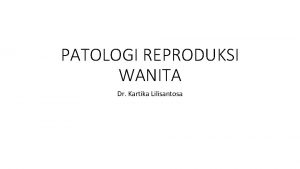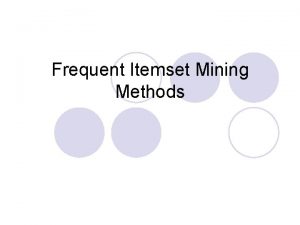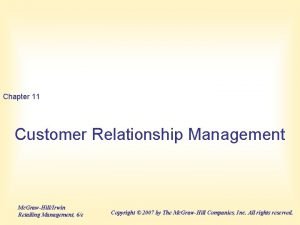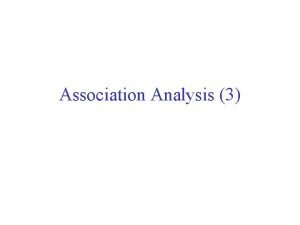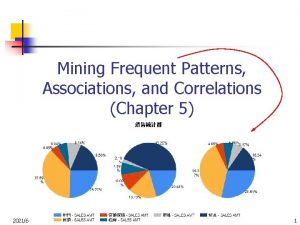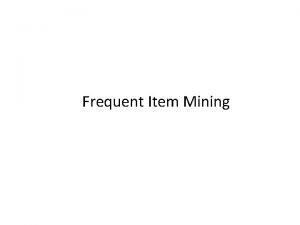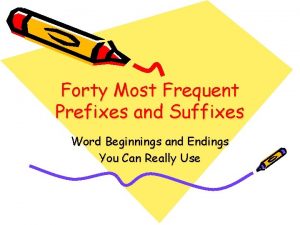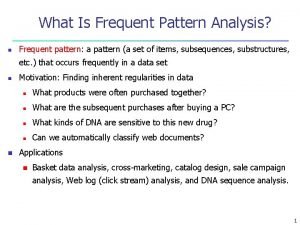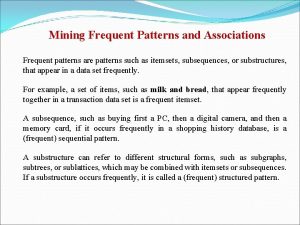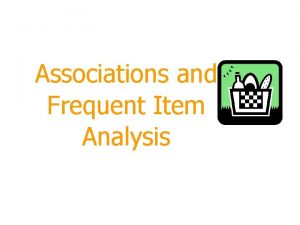6 Frequent Monitoring of Learning Teaching Monitoring Teaching







- Slides: 7

6. Frequent Monitoring of Learning & Teaching

Monitoring Teaching and Learning “analyze what we are doing against the results we are getting” (Schmoker, 1996, p. 6) Learning is tracked by a variety of assessment results State data, common assessments, student work, observations Methods must match learning targets and purpose Teaching is monitored by supervisors for programs and teacher evaluation Feedback for teacher and learner Teachers self-monitor (reflect) ERRORS ARE TREATED AS LEARNING OPPORTUNITIES!

Assessment FOR Learning “assessment in support of learning—not merely as a gauge of learning. ASSESSMENT WITHOUT VICTIMS!” – Stiggins Students involved in their assessment – monitoring their own learning Stoplight Method Student participation in conferences centered around their learning Scoring Guides/Rubrics – “Students can succeed if they know what it means to succeed. ” – Stiggins Mid Project Rubric Review Evidence – Grade Level Expectations?

Monitoring Student Learning Methods must match the learning targets and the purpose Stiggins – Quality Assessment Standards: (Where are we? ) The intended users and uses are clear Learning targets are clear and appropriate Proper assessment method selected High-quality exercises and scoring procedures Bias minimized Results communicated effectively

Communicating Student Learning Coherent grading and reporting practices requires developing consensus among educators and involving stakeholders in the discussion. District and school policies – reflect the underlying principles of all students learning to high standards…. ACCURATE communication of student achievement. Providing opportunities for students to assess their own learning Grades = accurate picture of student’s real achievement No effort, attitude etc. - achievement towards targets Grades separate from punishment Credit for learning – not extra work “The primary goal of grading and reporting is COMMUNIATION. Regardless of the format, its purpose is to provide high-quality information to interested persons in a form they can understand use effectively” – Guskey

Monitoring Teaching & School Processes Examining progress towards school goals PLC guiding questions Rubrics (for school – monitor progress) Relationships Teacher development Collaboration Walk-throughs

Implementation: Develop systems for gathering information on student learning and teaching practices. – Walkthroughs PLC/Data Team process GRIT Assessing in short intervals to provide immediate and ongoing feedback Enthusiasm for continuing the hard work!

